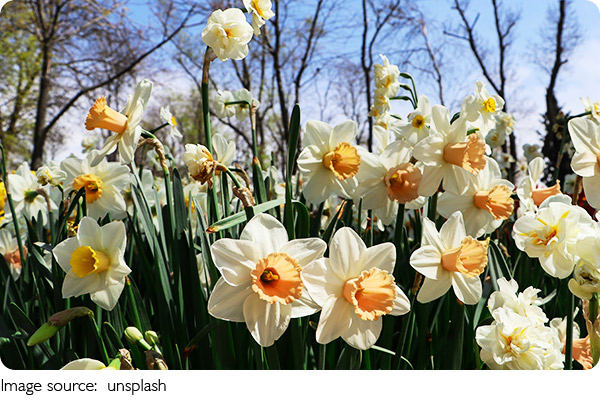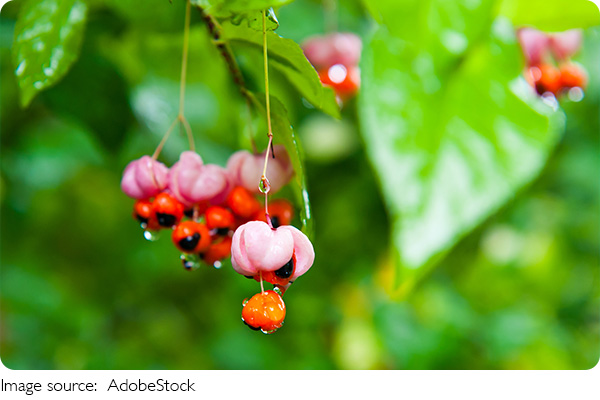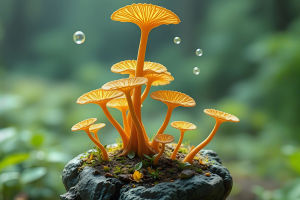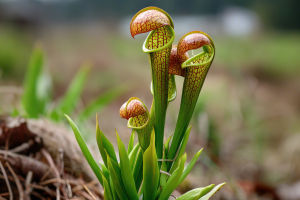Plant Super Senses

Welcome to the World of Plant Super Senses!
Although plants cannot move or see like animals, they possess incredible sensory systems that allow them to perceive their environment with surprising precision.
Today, we'll explore how plants detect light, gravity, and touch—three key signals that guide their growth and survival. Let's dive into the fascinating world of plant perception and discover their "super senses"!
How Plants Sense Light: The Power of Photoreceptors
Plants rely on light not only for energy through photosynthesis but also as a vital environmental cue. Specialized proteins called photoreceptors detect different wavelengths of light. For example, phytochromes sense red and far-red light, helping plants determine day length and shade, while cryptochromes and phototropins respond to blue light, guiding growth direction. These photoreceptors trigger signaling pathways that regulate seed germination, stem elongation, leaf expansion, and flowering time. Remarkably, plants can "see" changes in light quality and intensity, allowing them to optimize growth even in crowded or shaded habitats.
Gravity Perception: How Roots Know Which Way to Grow
Plants also sense gravity, enabling roots to grow downward and shoots upward—a phenomenon called gravitropism. Inside specialized root cells, dense starch-filled organelles called statoliths settle under gravity's pull. This physical movement is detected by proteins such as LAZY1-LIKE (LZY), which relocate to the lower side of cells and trigger uneven distribution of the growth hormone auxin. Higher auxin concentration on one side causes differential cell elongation, bending the root downward. This intricate mechanism ensures plants anchor securely and access water and nutrients effectively.
Touch Sensitivity: Responding to Mechanical Stimuli
Plants can feel touch and mechanical pressure, responding with growth changes or rapid movements. For example, climbing plants like vines use touch-sensitive tendrils to coil around supports, while the sensitive mimosa plant folds its leaves when touched. This ability arises from mechanoreceptors in plant cells that detect deformation and trigger calcium signaling and hormone responses. Touch perception helps plants avoid damage, optimize support, and adapt to their surroundings dynamically.
Integration of Multiple Senses for Survival
Plants do not rely on a single signal but integrate information from light, gravity, and touch to make growth decisions. For instance, a seedling emerging from soil senses light to know when to stop elongating and start leaf development, senses gravity to orient roots downward, and may respond to touch if encountering obstacles. This multi-sensory integration is coordinated by complex hormonal networks, primarily involving auxin, which balances growth responses. Such coordination allows plants to thrive in diverse and changing environments.

Why Understanding Plant Senses Matters
Studying how plants perceive their environment offers insights into improving agriculture and horticulture. By manipulating light conditions or understanding gravity responses, farmers can optimize plant growth and yield. Research into mechanosensing can help develop crops more resistant to wind or physical stress. Experts emphasize that unlocking plant sensory mechanisms is key to sustainable food production and adapting to climate challenges.
Let's Appreciate Plants' Hidden Sensory World!
Next time you see a plant bending toward light or wrapping a tendril around a support, remember the amazing sensory processes behind these actions. Have you noticed plants reacting to their environment in surprising ways? Share your stories and questions with us! Together, let's celebrate the incredible "super senses" that help plants survive and flourish.
With curiosity and care, we can better understand and protect the wondrous sensory abilities of plants. Happy exploring!
-
 Underground Plant NetworkExplore How Plant Roots and Fungi Form a "Wood Wide Web" to Share Nutrients and Information
Underground Plant NetworkExplore How Plant Roots and Fungi Form a "Wood Wide Web" to Share Nutrients and Information -
 Nature’s Secret AnarchistsWhat If Nature Went Rogue? These Species Didn’t Get the Memo
Nature’s Secret AnarchistsWhat If Nature Went Rogue? These Species Didn’t Get the Memo -
 Seasonal Floral DesignHow to Adjust Flower Choices and Layouts According to Seasonal Changes?
Seasonal Floral DesignHow to Adjust Flower Choices and Layouts According to Seasonal Changes?